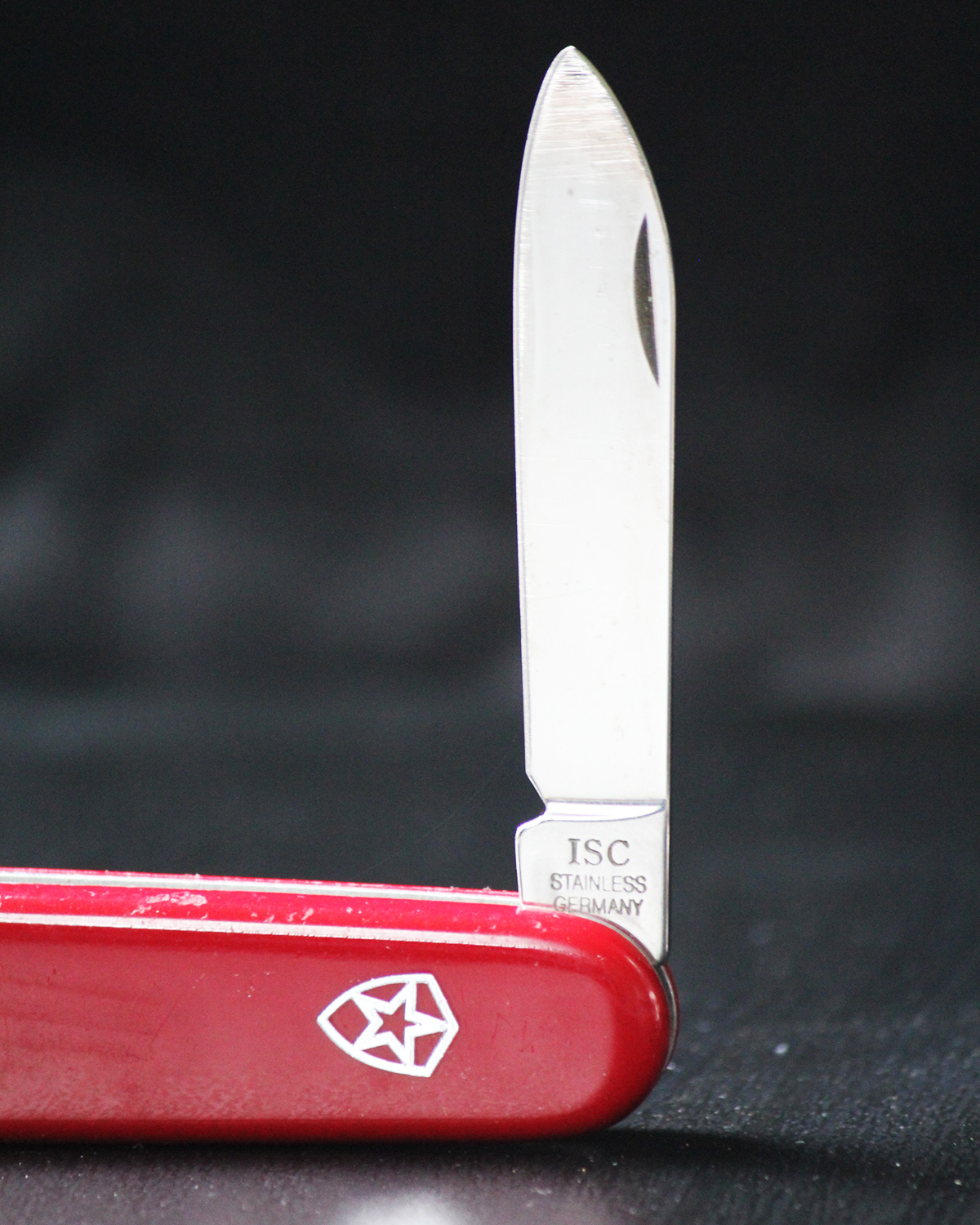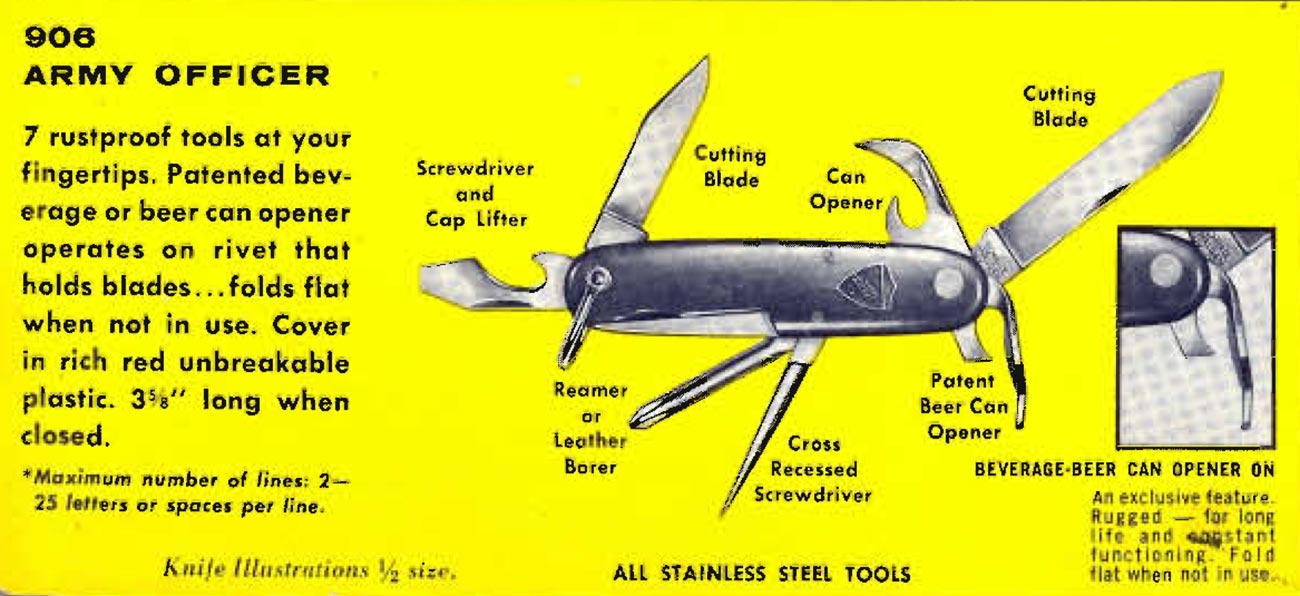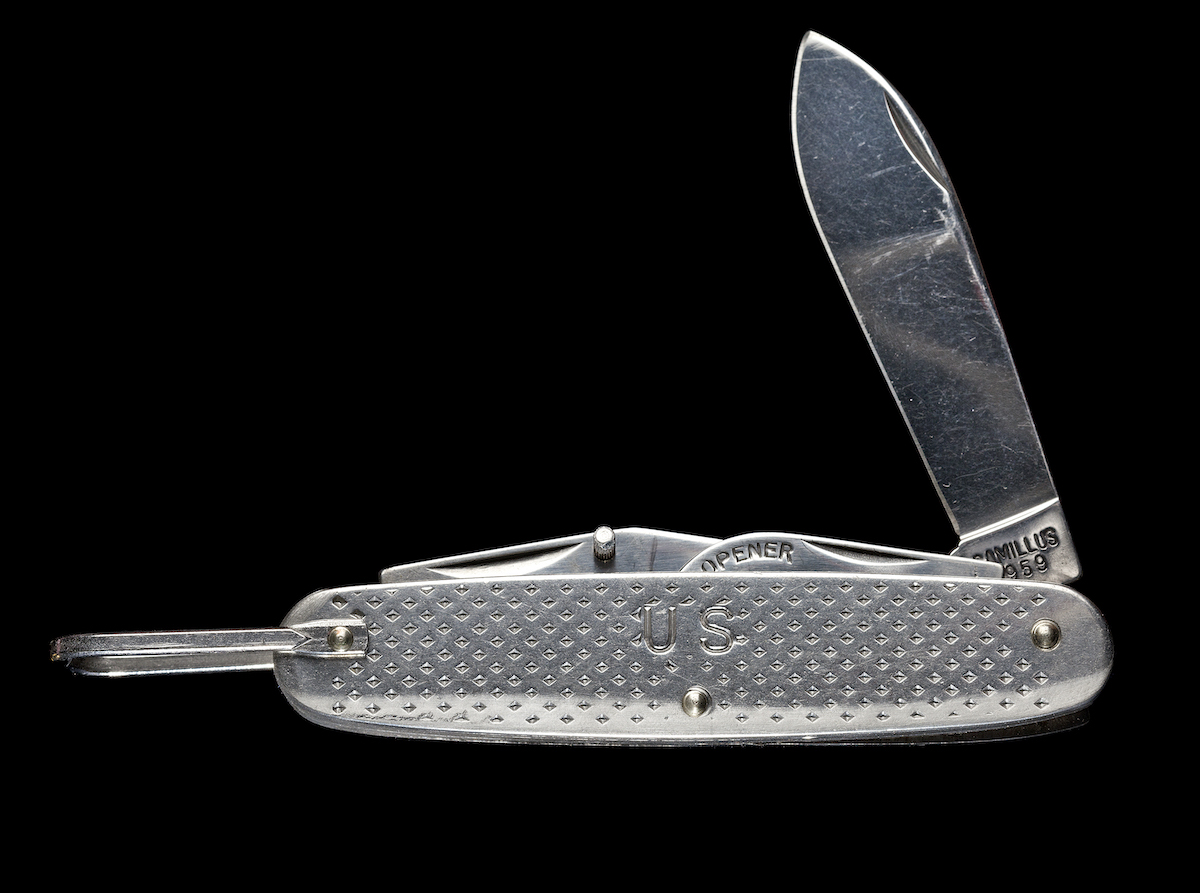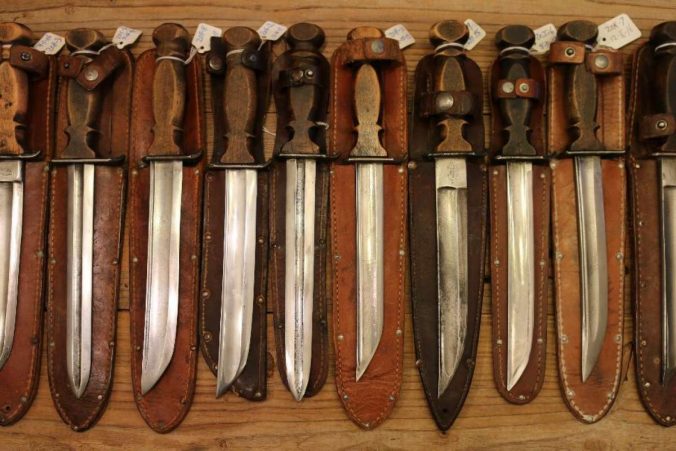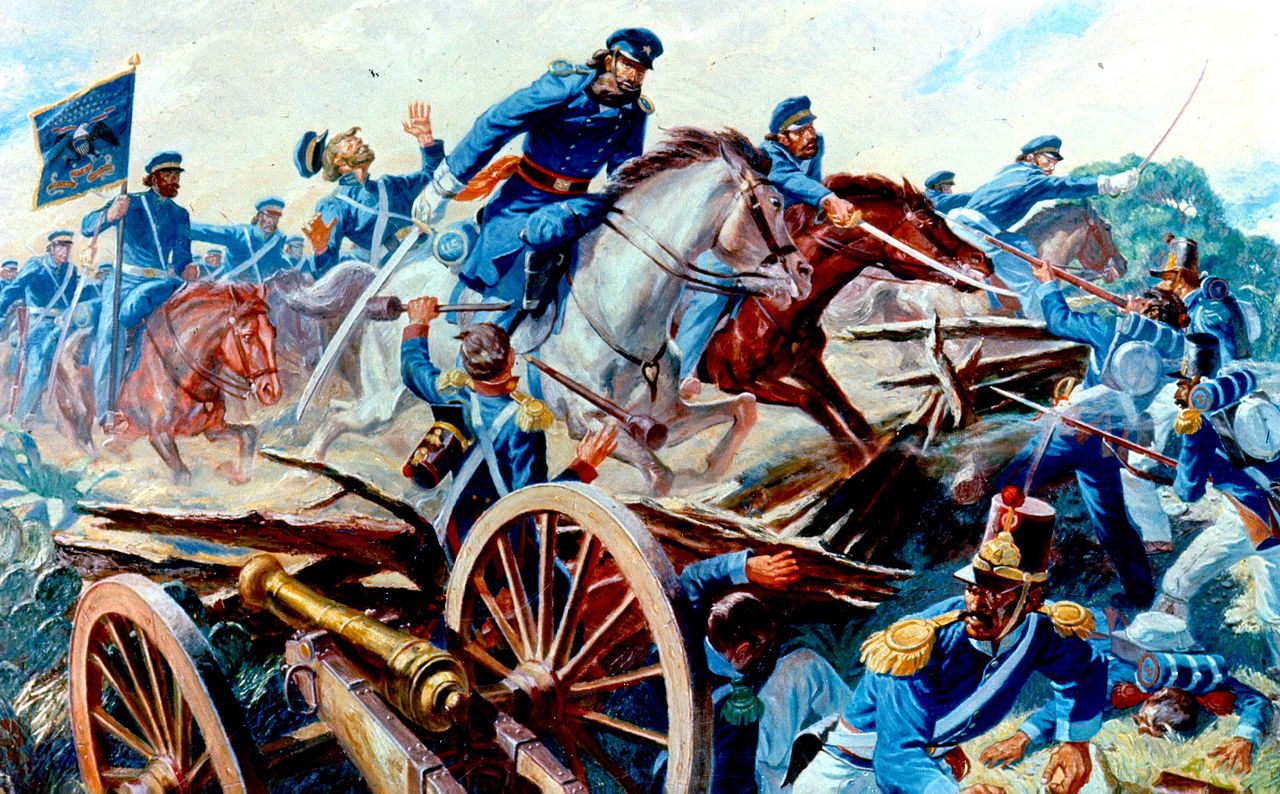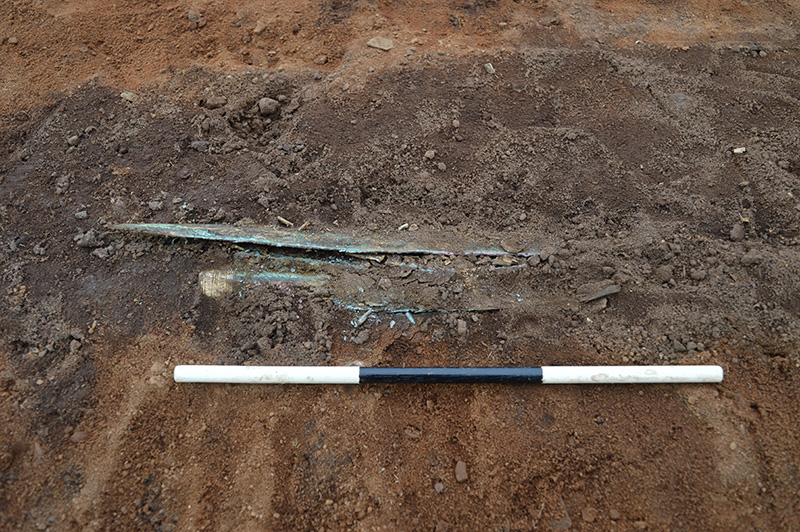At Knife Depot, we pride ourselves on being a business that works toward giving customers the greatest selection of products possible.
So, when we were finally able to sell automatic knives (better known as switchblades), we were downright stoked. We posted on Facebook and sent out an email to our subscribers announcing the arrival of automatic knives for authorized military personnel and law enforcement officers.
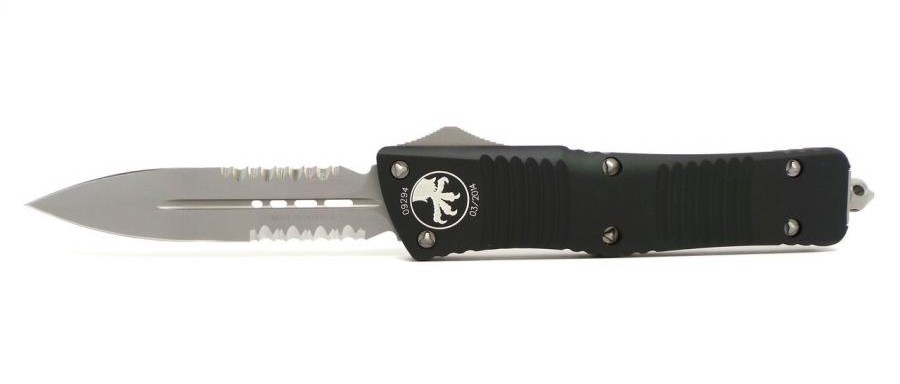
Microtech Combat Troodon DE Automatic Knife
Let’s just say that the reception was less than enthusiastic.
We received emails from disgruntled fans attacking our automatic knives policy as dumb, ridiculous, and discriminating.
The truth is we whole-heartedly agree with the hate mail. Unfortunately, as a business that conducts interstate commerce, we’re bound by the federal law of the United States.
The Switchblade Knife Act of 1958 prohibits the manufacture, importation, distribution, transportation, and sale of switchblade knives between states, but there are a few exceptions in terms of what can be mailed across state lines found in 18 USC 1716 (G) and 15 USC 1244.
If you didn’t click on the links to the actual code (and we don’t blame you), they basically say switchblades can only be shipped across state lines to certain people, which includes authorized government personnel and those who have the use of only one arm.
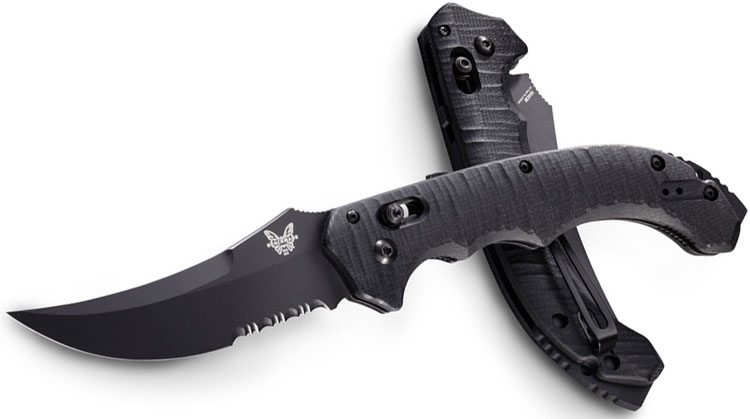
Benchmade Bedlam Automatic Knife, Axis
So how did we get to this point? Let’s go back to the development of automatic knives.
History of the Switchblade
A switchblade is a folding knife that uses a spring-loaded button to fully engage a knife. (If you’re curious, I wrote an article about the difference between a switchblade and assisted-opening knife.) The blade’s natural position is to be open and the button is absorbing that pressure. Once that pressure is removed, the knife opens up.
Switchblades were around in ewhe form since the mid-18th century, but those mostly used levers and weren’t very practical.
It wasn’t until the late 1800s did George Schrade help pioneer the modern and functional iteration of the switchblade. By 1916, Schrade had created what we know as the switchblade today. He used a button to engage the knife instead of the old lever system.
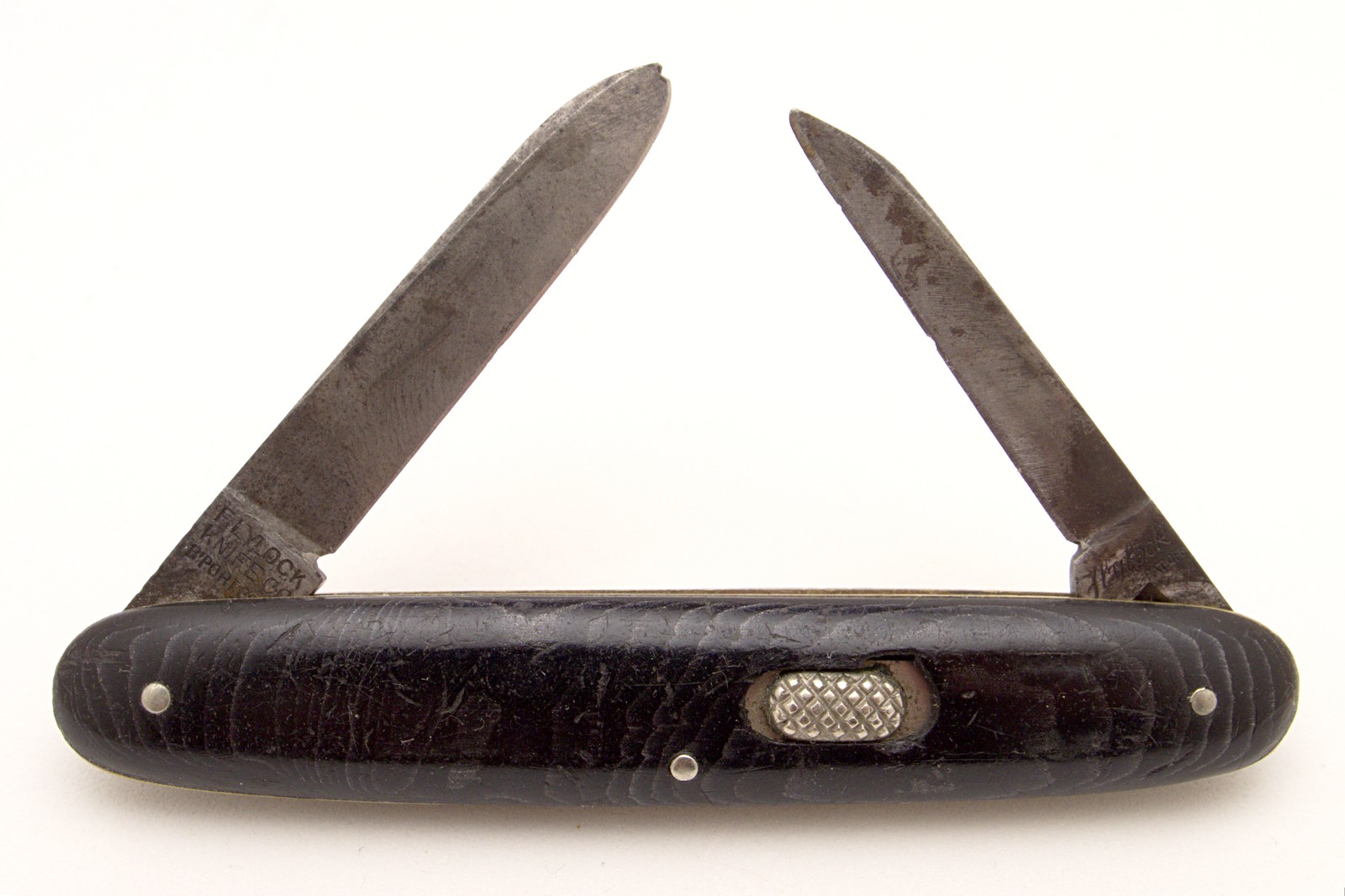
A switchblade from Flylock Knife Company from between 1918 and 1929.
Legend has it that the automatic knife was developed in order to make it easier for women to open folding knives without breaking a fingernail. While this is a slight exaggeration, early advertisements did use this aspect as a selling point.
Here’s a Schrade advertisement from 1904, according to Gizmodo.
Operated With One Hand.
No Breaking of Finger Nails.
Will Not Open in Your Pocket.
Will Not Close on the Fingers When in Use.
The Schrade Safety Push Button Knife, of which we are the exclusive manufacturers, is rapidly becoming the leading knife on the market because of its many advantages over the ordinary pocket knife. Being easily operated with one hand it is far more convenient than the old style pocket knife which necessitates the use of both hands to open and frequently results in broken finger nails… This novel knife is especially suitable for a gift or souvenir, as it is something out of the ordinary, very useful, and when furnished with one of our attractive handles makes an ideal gift.
What made the knife go from a tool that wouldn’t break your nails to a weapon that was destroying society? We turn to the 1950s for the answer.
How the Switchblade Was Banned
Let’s set the scene of the time. The U.S. was undergoing a major economic boom in the wake of WWII, while the onset of the Cold War had shifted the politics of the country right. The Civil Rights movement was gaining steam. Rock-N-Roll was emerging on the scene with artists like Sam Cooke, Buddy Holly, Howlin’ Wolf, and others were captivating teens. Juvenile delinquency was up during the time, and movie stars like James Dean weren’t helping matters.
The seed that germinated the movement against the automatic knife can be traced back to a 1950 article that appeared in the Women’s Home Companion called “The Toy That Kills.” It basically lays out how the switchblade will quickly become the weapon of choice in gang warfare if it’s not taken care of.
Continue reading
